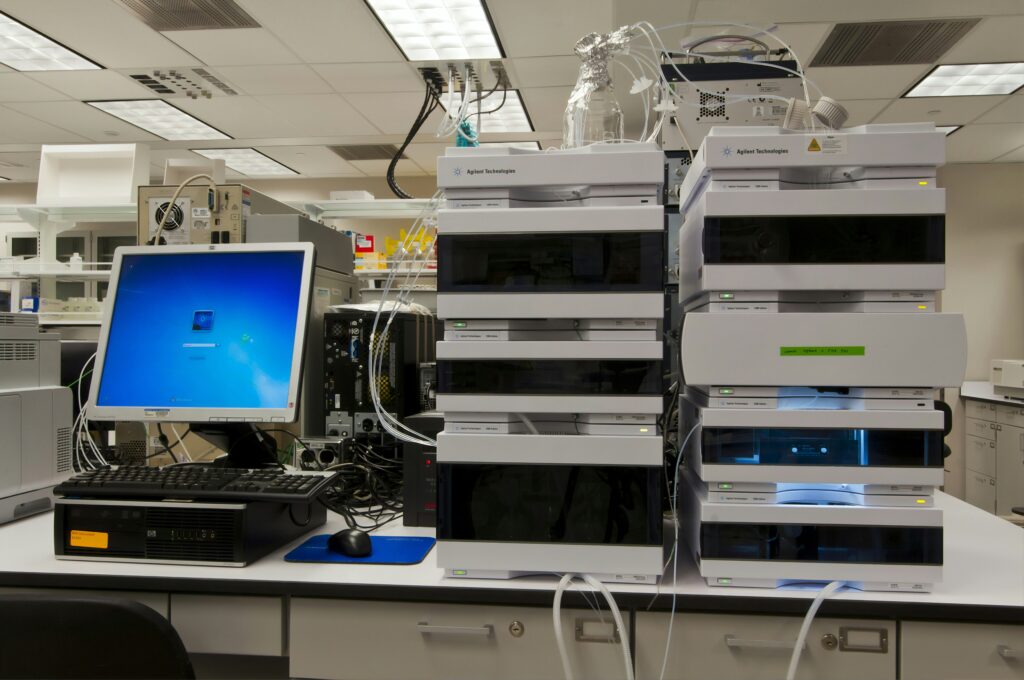
For the first time, scientists have directly observed a subduction zone breaking apart, providing unprecedented insights into Earth’s dynamic processes. This groundbreaking discovery, published in Science Advances, offers a new perspective on the potential for future earthquakes in the Pacific Northwest.
Subduction zones, where one tectonic plate plunges beneath another, are among the most powerful geological features on Earth. They drive continental movements, trigger massive earthquakes and volcanic eruptions, and recycle the planet’s crust deep into the mantle. However, these zones are not eternal. Their eventual demise has intrigued scientists for decades, as understanding this process could reveal much about Earth’s geological history.
Capturing a Subduction Zone in the Act
Off the coast of Vancouver Island, in the Cascadia region, researchers have witnessed this geological “train wreck” as the Juan de Fuca and Explorer plates slowly slide beneath the North American plate. Using seismic reflection imaging, akin to an ultrasound of Earth’s interior, scientists have documented the system tearing itself apart.
The data, collected during the 2021 Cascadia Seismic Imaging Experiment (CASIE21) funded by the National Science Foundation, involved sound waves sent from a research vessel into the seafloor, with returning echoes captured by underwater sensors. The images revealed deep fractures where the oceanic plate is snapping apart.
“This is the first time we have a clear picture of a subduction zone caught in the act of dying,” said Brandon Shuck, a geologist at Louisiana State University and lead author of the study.
A Plate Coming Apart Piece by Piece
The study found enormous tears in the oceanic plate, including a significant offset where one section has dropped about five kilometers. “There’s a very large fault that’s actively breaking the plate,” Shuck explained. The seismic activity, or lack thereof, along the 75-kilometer tear supports the imaging data. Some areas remain seismically active, while others have fallen silent, indicating that sections of the plate have detached.
This process, known as “episodic” or “piecewise” termination, involves the plate tearing apart in smaller sections rather than a single catastrophic break. Transform boundaries act like natural scissors, slicing across the plate and isolating fragments that form new microplates.
Clues to Earth’s Ancient Tectonic Mysteries
This slow breakup process sheds light on puzzling geological features from Earth’s past, such as abandoned fragments of old tectonic plates and unexpected volcanic activity. For instance, off Baja California, fossil microplates are remnants of the once-vast Farallon plate. The Cascadia region now provides a direct look at how these fragments form through step-by-step tearing.
As each fragment detaches, it can open “slab windows” where hot mantle material rises, creating bursts of volcanic activity. Over time, new microplates form, old ones drift, and boundaries shift again. “It’s a progressive breakdown, one episode at a time,” said Shuck, aligning with geological records where volcanic rocks’ ages reflect this step-by-step tearing.
Earthquake Hazards and Future Research
Looking forward, scientists are exploring whether a major earthquake could rupture across these newly formed tears or if the fractures might alter seismic energy movement through the region. While this discovery enhances models of complex fault systems, it does not significantly change the short-term earthquake risk for the Pacific Northwest.
Cascadia remains capable of generating large earthquakes and tsunamis. Understanding how these newly identified breaks influence future ruptures will refine hazard assessments and deepen our comprehension of Earth’s most powerful geological engines.
As researchers continue to analyze these findings, the implications for both geological science and public safety in the Pacific Northwest are profound. This study not only advances our understanding of tectonic processes but also underscores the importance of ongoing research in predicting and mitigating natural disasters.





